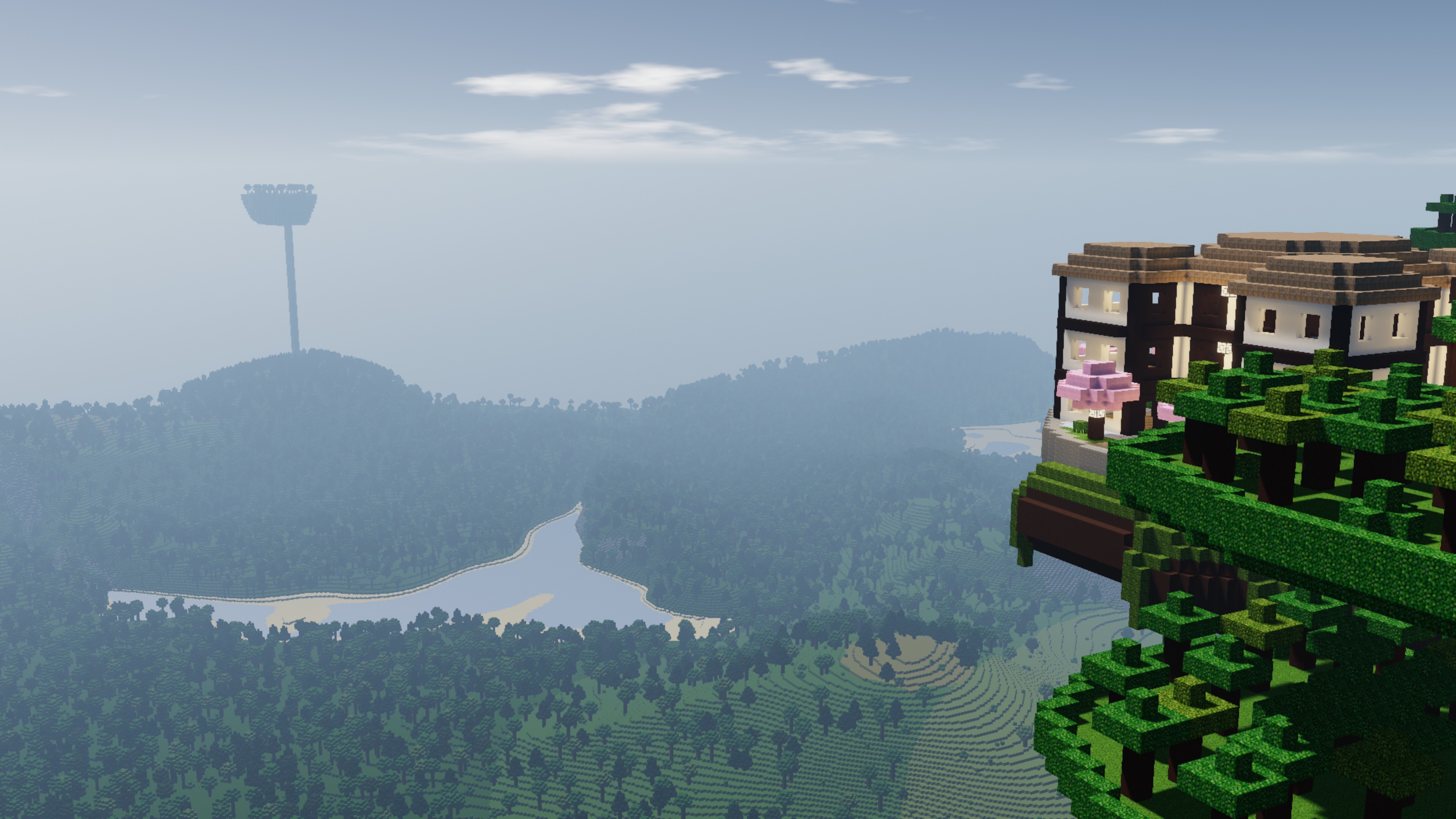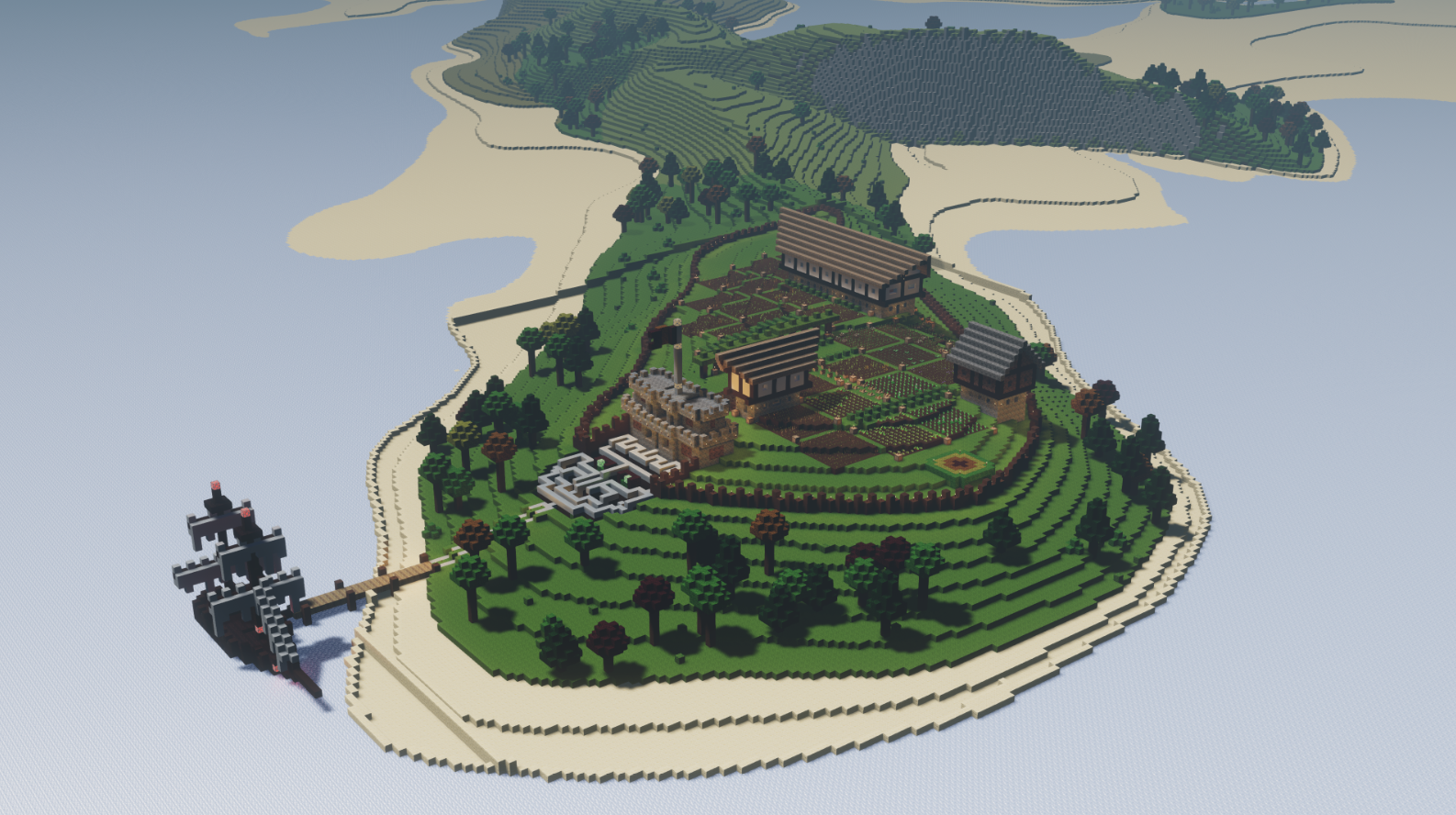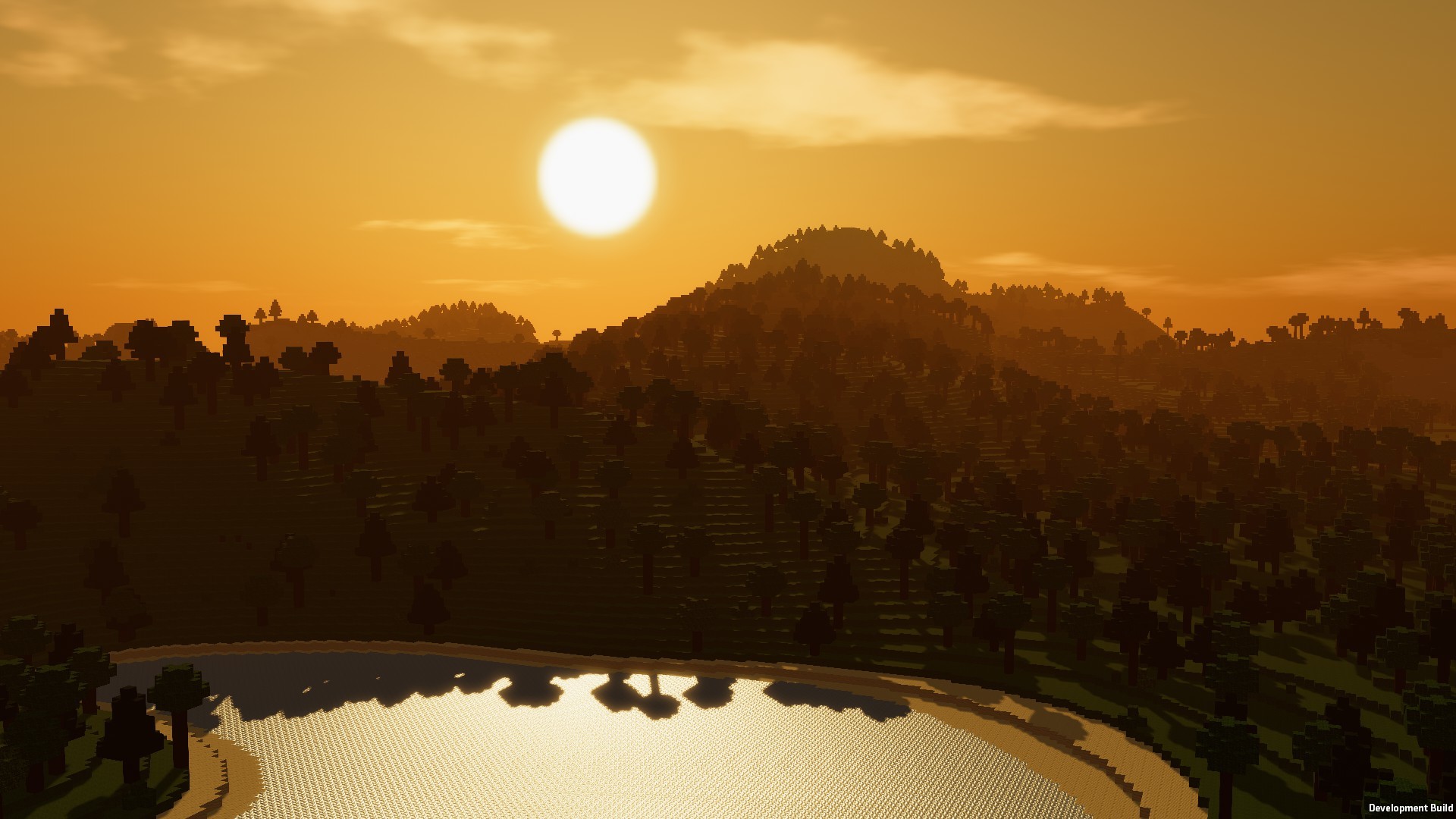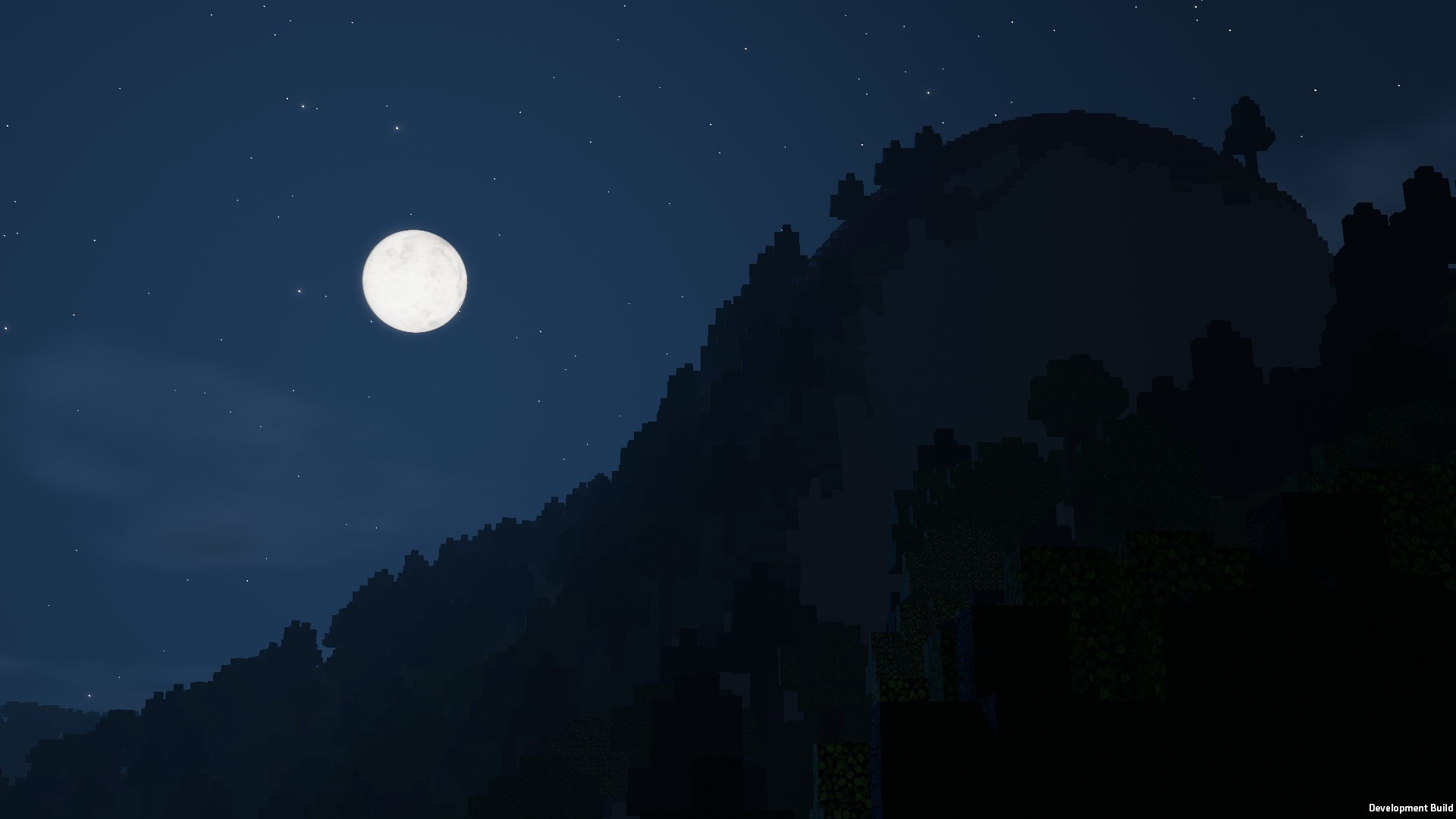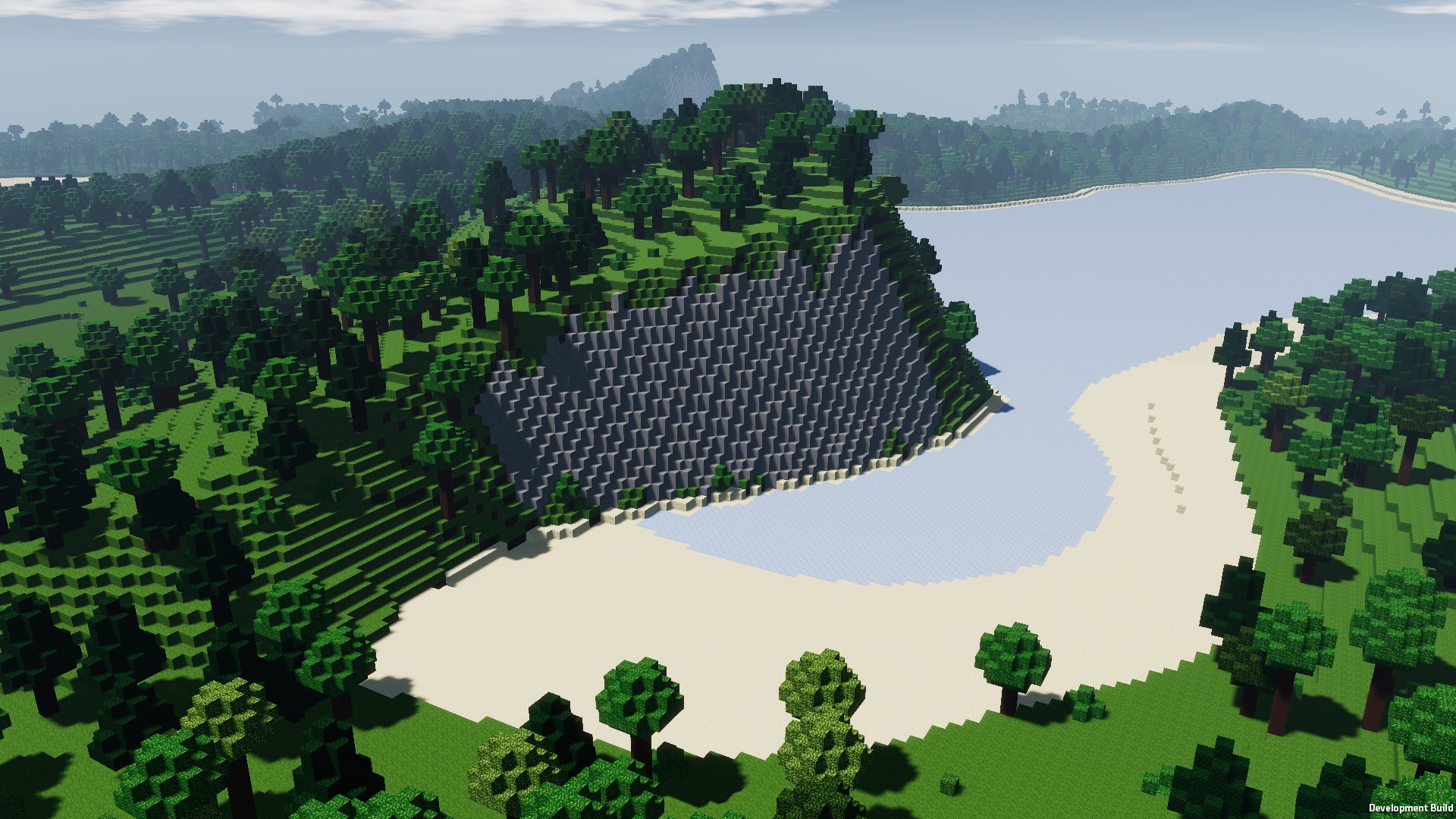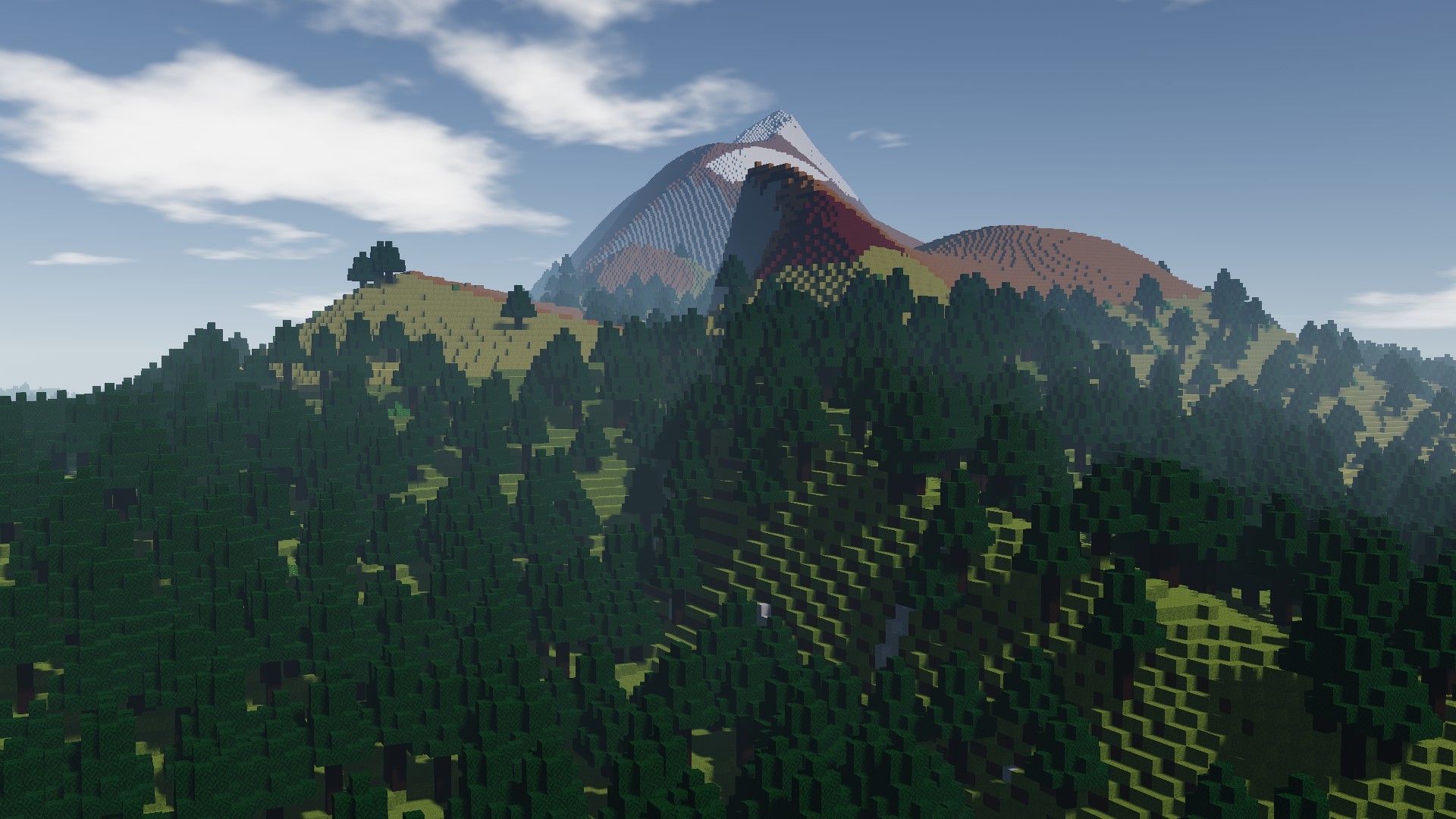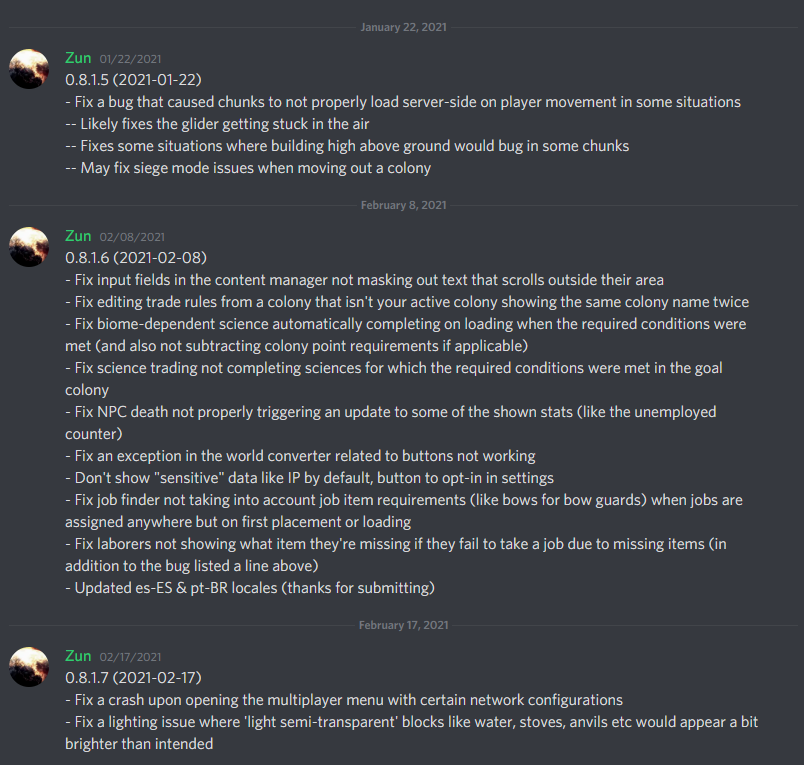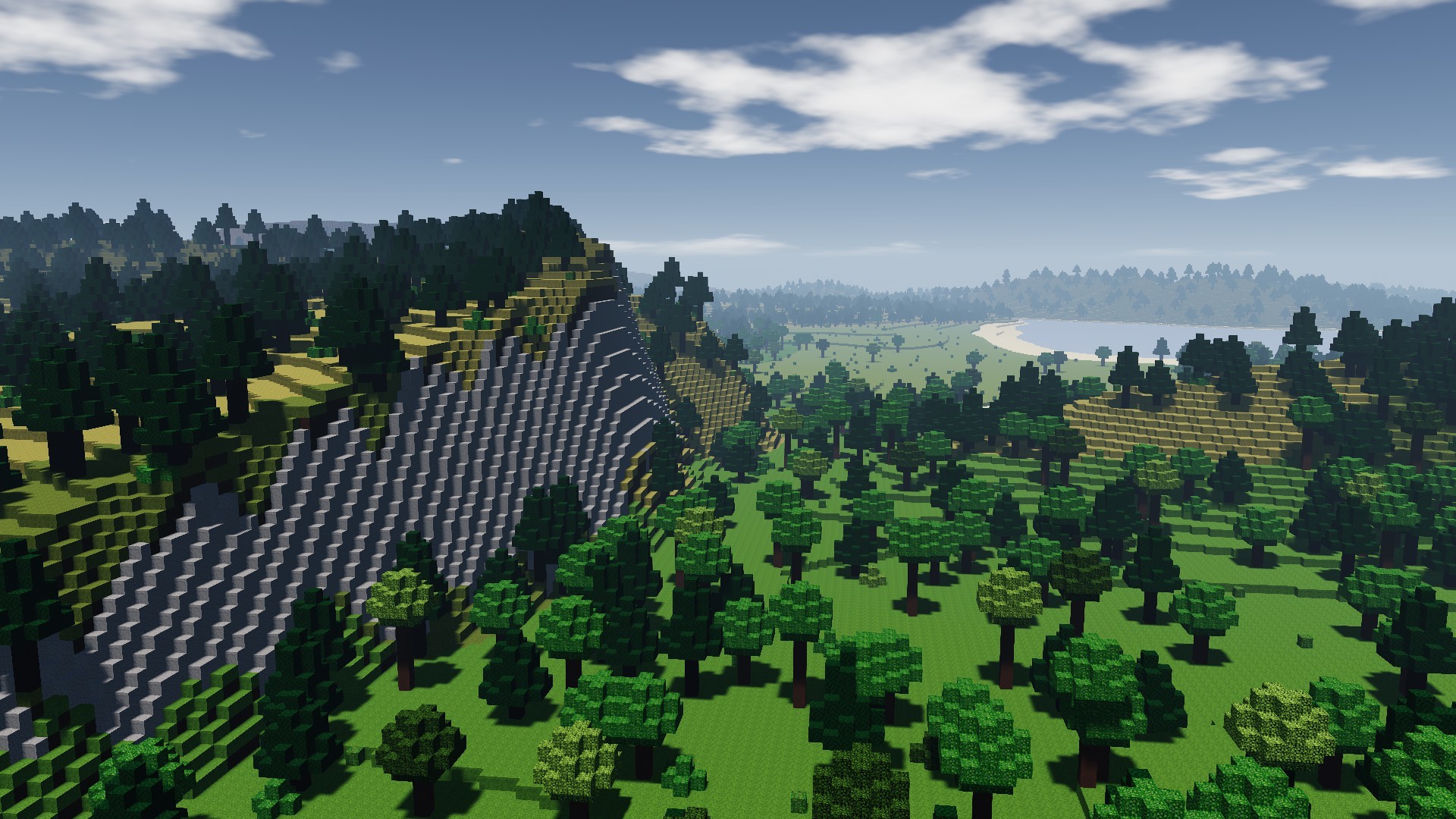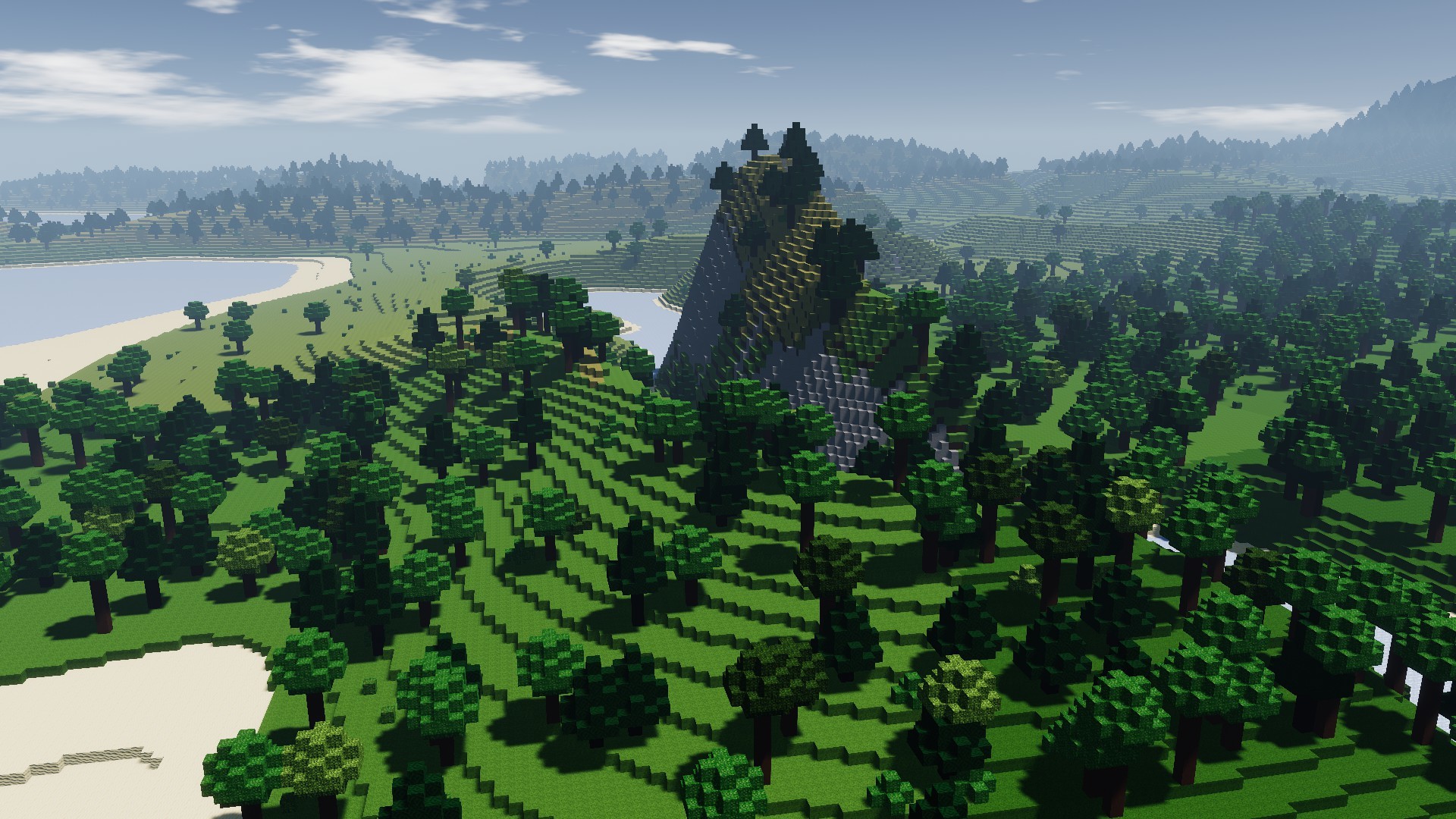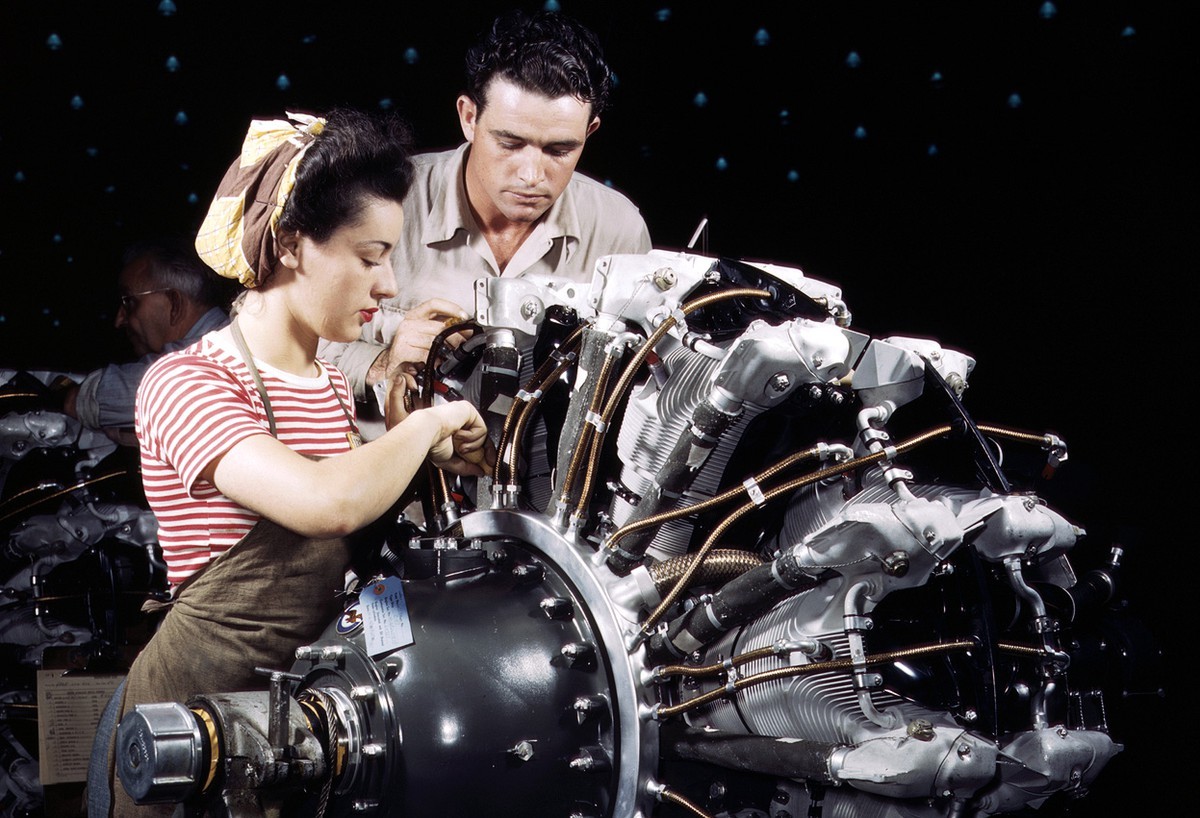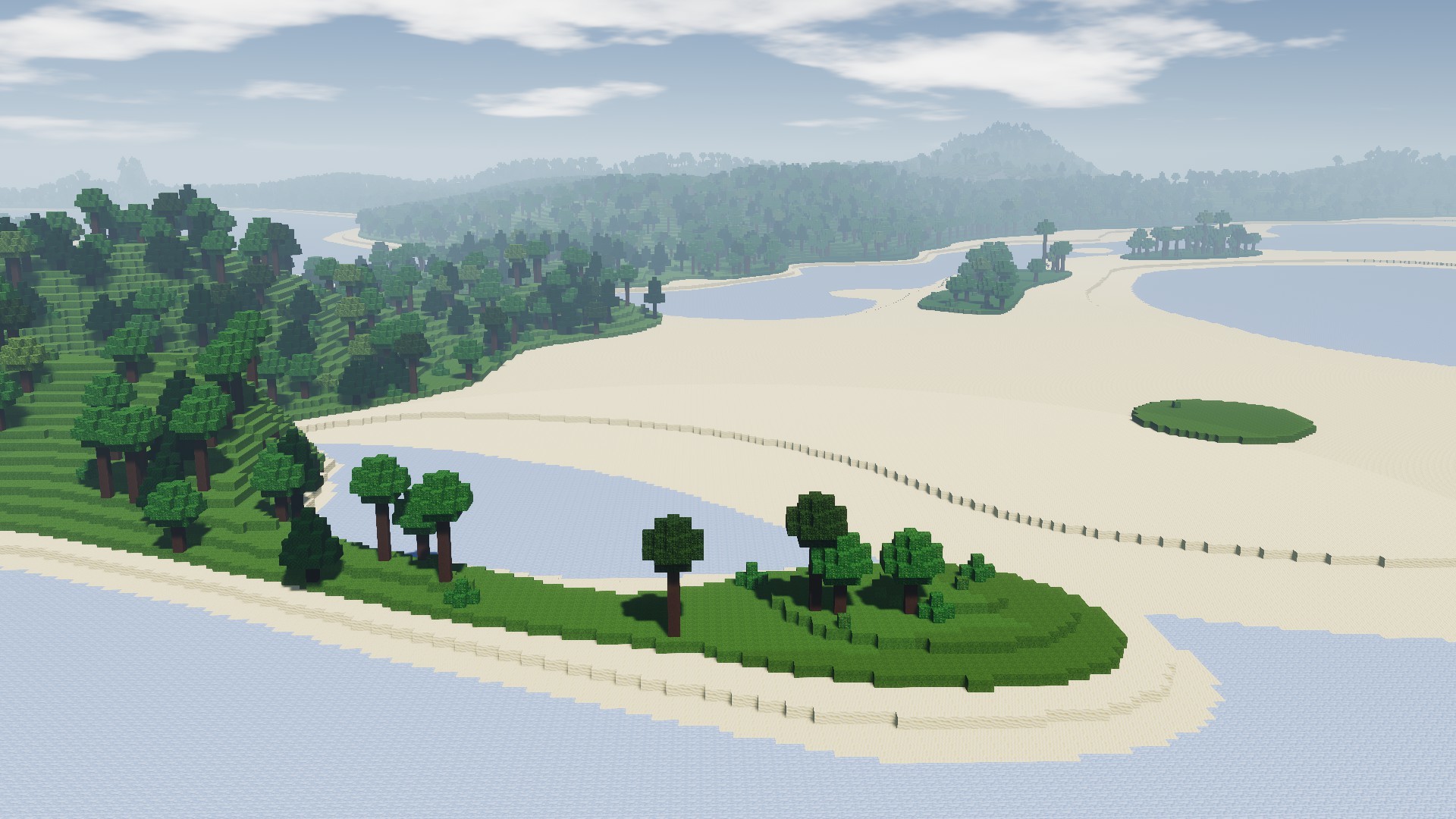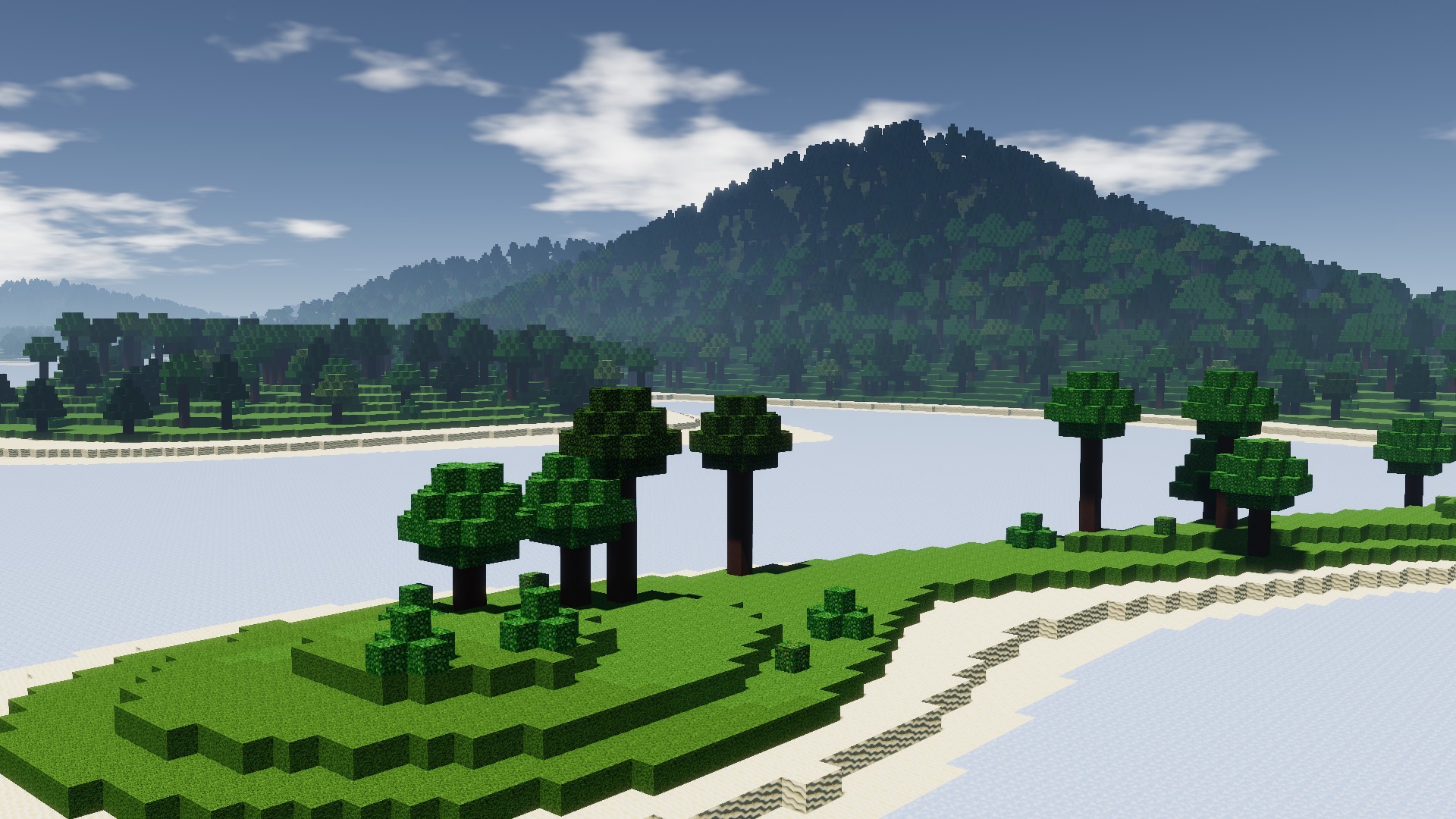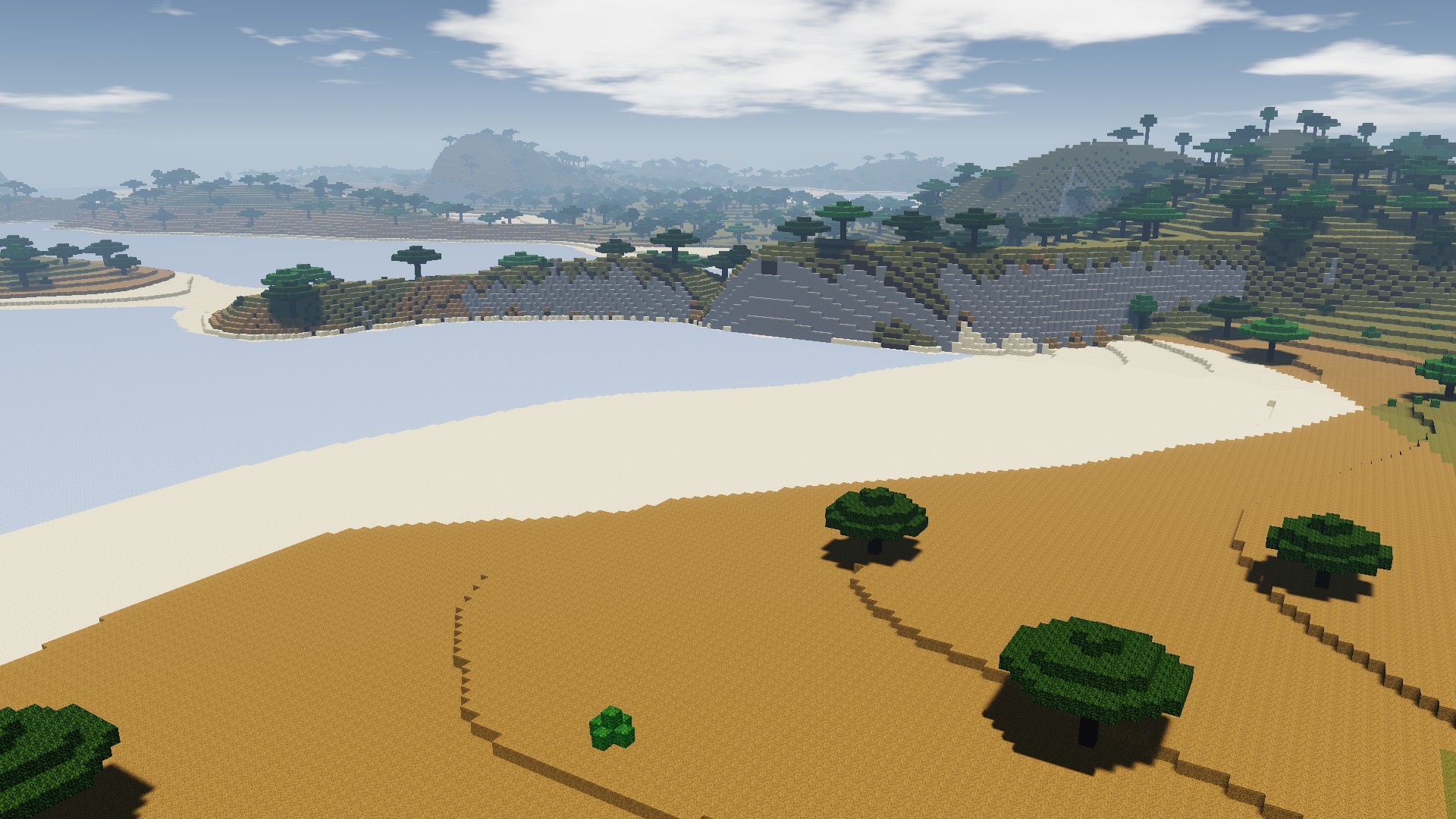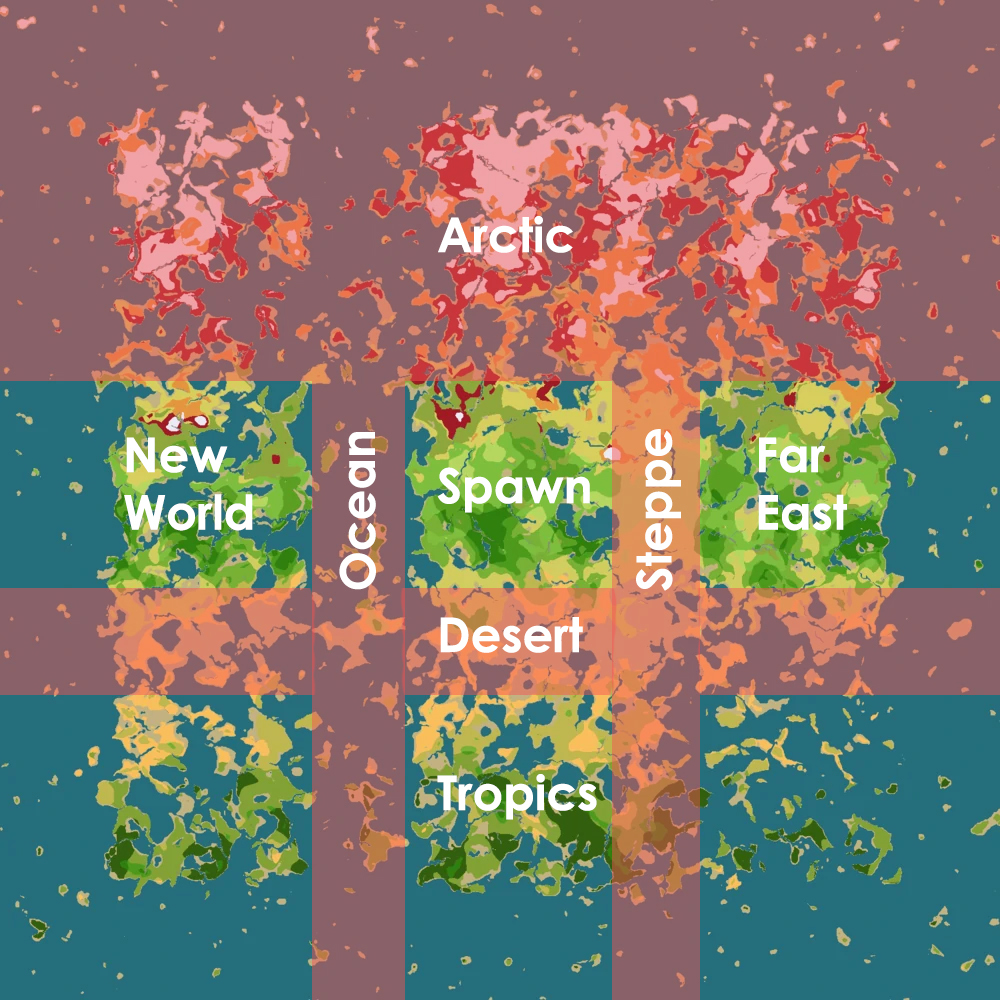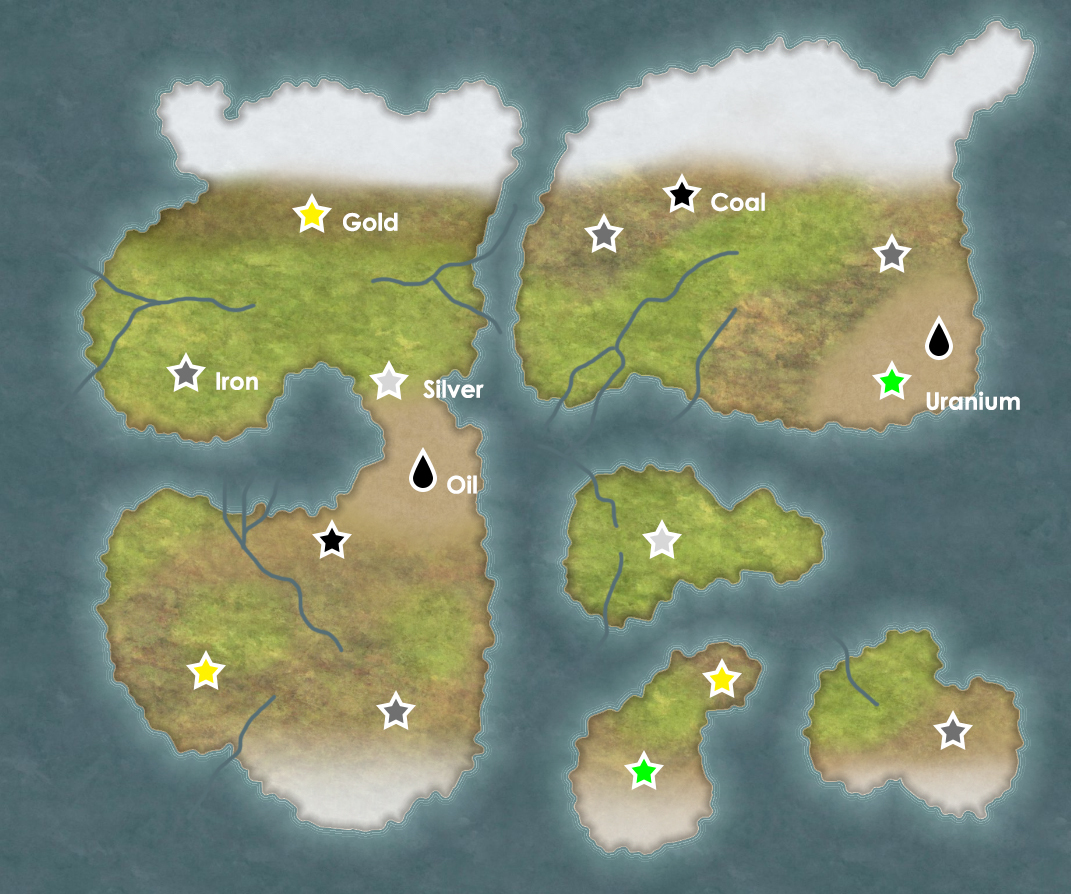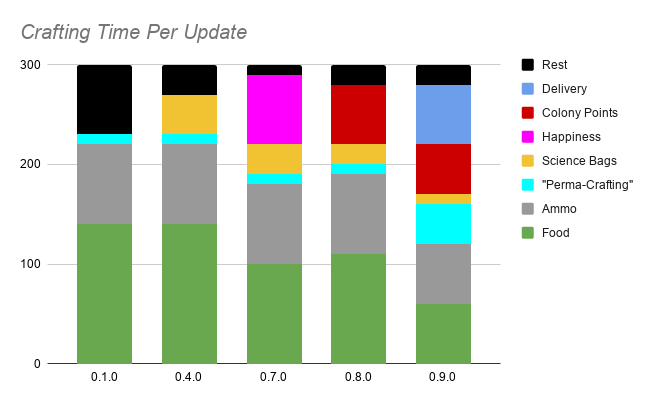
Colony Survival - Pipliznl
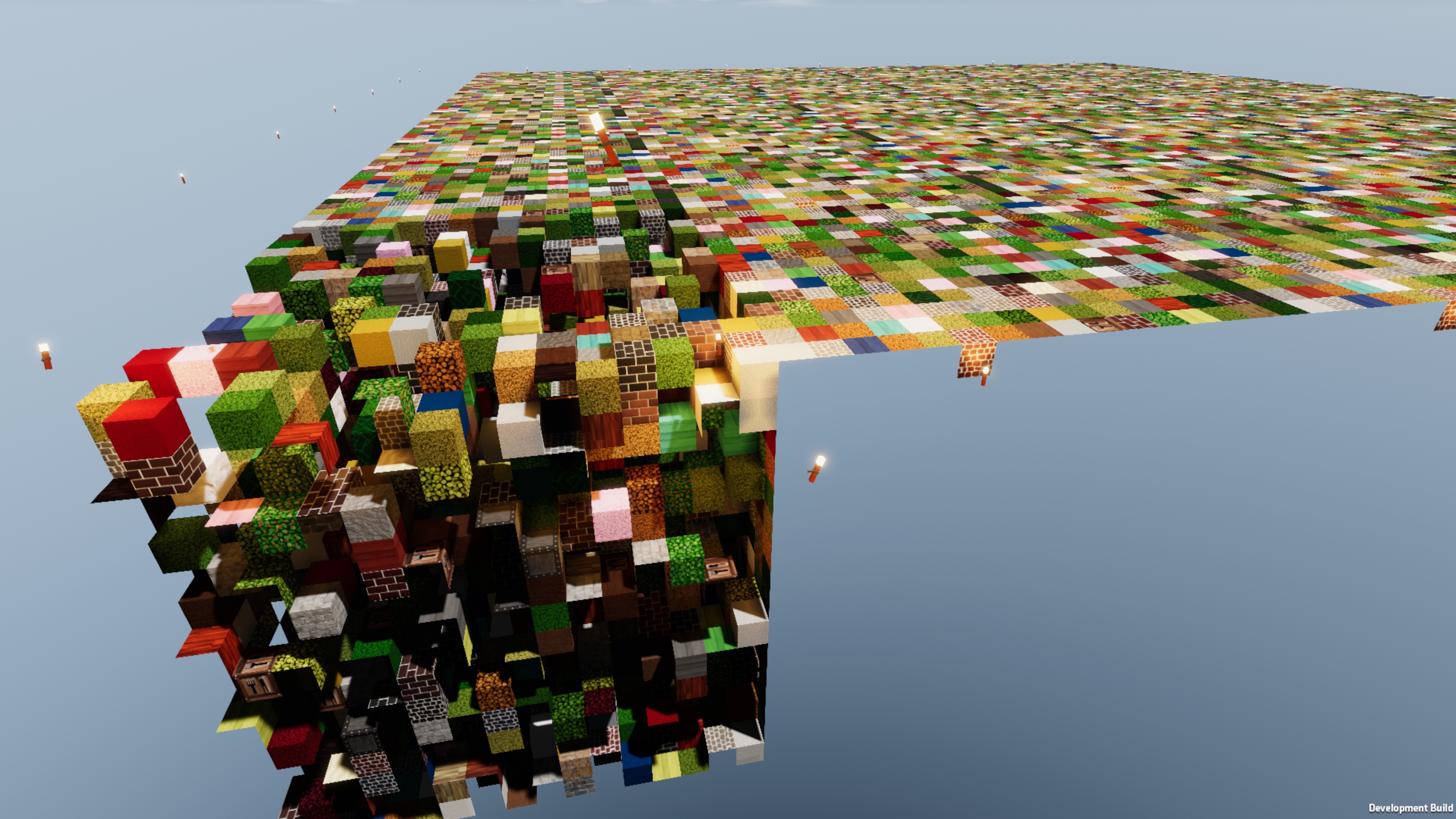
A test-world for Zun's refactorings
A month ago, in the most recent Friday Blog, we wrote about new, rough plans for 0.9.0. Since then, we’ve been trying to turn these outlines into specific new crafting recipes and tech trees. While doing that, we ran into multiple problems - and we think we’ve solved them.
Tool Usage Percentage - TUP
We’d like to implement Tool Usage for nearly all jobs - because IRL, nearly all jobs use tools. These generic (as in, all jobs use ‘tools’ but not specific pickaxes/axes/needles/hammers/screwdrivers etc) tools should come in multiple materials with different costs and benefits. Players would start with Stone Tools and would later develop Copper Tools, which are more complicated to make but yield higher productivity for jobs that use them. Bronze Tools require rare and expensive tin, but exceed Copper Tools in both productivity and durability. Iron Tools require more advanced tech to produce, but less expensive resources. The productivity would be near those of Bronze Tools, but without the durability. Last but not least, there are Steel Tools, an endgame achievement.
The difference in productivity should be significant to make developing these tools worthwhile. When you’re completely out of tools and workers have to work with their bare hands, productivity should decline dramatically. But how do we make this work at the start of the game? You don’t want to immediately starve to death a new player who doesn’t understand the tool mechanic yet. Nor should food be something that is very difficult to balance properly at the start of the game with low productivity, while it’s easy to create massive abundances a bit later on with more advanced tech.
Zun suggested a variable that is related to how important the tools are for the job. A miner or a blacksmith relies hard on their tools, but they’re much less significant for a berry gatherer. This should be reflected in the Tool Usage Percentage for that job. Let’s turn this into a specific example: (numbers aren’t definitive yet, just a hypothetical example)
No tools: 400% crafting time
Stone tools: 200%
Copper tools: 100%
Bronze tools: 50%
Iron tools: 55%
Steel tools: 33%
For a regular job with 100% TUP, this would be the full impact of using different tools. But a job with 50% TUP would see only half the impact of different tools, resulting in the following crafting times:
No tools: 250% crafting time
Stone tools: 150%
Copper tools: 100%
Bronze tools: 75%
Iron tools: 77.5%
Steel tools: 66%
TUP would also impact the durability of the tools. If tools are only "half as necessary", they'll last twice as long. Mainly early game jobs, and jobs that are crucial to survival of the colony like food jobs, will have a lower TUP. Other jobs might even have TUPs above 100%.
Of course, these numbers shouldn’t have to be calculated by players themselves: the UI should make this very clear. This does require some changes to the interface. For example, we've got to make it clear to players that they can investigate their miners by clicking on the jobs.
How to achieve progress?
So we’d like to see a progression from primitive tools to advanced tools, through different eras and materials. What effort do players have to do to receive these new tools? Do they have to recruit lots of scientists, gather lots of different ingredients, earn large amounts of Colony Points? What is interesting gameplay, what is moderately historically realistic, what can we build in a reasonable amount of time?
Currently, a large part of the early to mid game relies on gathering a wide variety of ingredients. People need olive oil, wax, cabbages, buckets, fish, copper parts, iron rivets, and need to set up lots of different jobs, to unlock new jobs, which can be used to unlock other jobs. It can become quite confusing.
Another core pillar of Colony Survival until now has been the idea that you’re an isolated community on a deserted world. Everything you want to produce has to be made with resources and ingredients that you’ve gathered and crafted yourself.
We’re strongly considering changing both. The game should start earlier: in the Stone Age. Players should be able to set up a self-sustaining colony, but to progress, they have to trade with the wider (offscreen, probably) world. There’ll be a trader who is able to both buy and sell items. Instead of having to craft large amounts of diverse luxury goods for your own colonists, they’ll be exported. Instead of the luxury goods being “daily consumables” like candles and meals, they’ll be more durable and significant, like extensively decorated pottery, fancy textiles, artistic objects and expensive jewelry.
Exporting these items should earn you currency, which can be spent in many ways. The currency will probably replace Colony Points, allowing you to do all the Colony-Points-upgrades with currency. They could also be required in the tech tree, with certain unlocks requiring significant amounts of money. Last but not least, you can spend the currency at the trader to purchase rare items and resources like tin.
Currently, the game doesn’t actually require you to recruit a lot of colonists and build a large colony, it just requires you to gather a bunch of diverse ingredients. Most players reach the musket-era-endgame somewhere between 80 and 150 colonists. We’d like to change that. You ought to need more colonists, but recruiting these colonists should be easier. The focus of the game should be more on the expansion and the actual colonists (building places to sleep, walls, new farms, managing new monster types) and less on balancing a whole bunch of different ingredients from different jobs at the cook.
With these changes, I believe we’ve got all the requirements to do a successful overhaul of the crafting recipes and the tech tree, resulting in a much more interesting and longer progression throughout the game. It’ll be quite different from what you’re used to though. Do you believe it’ll be a good thing? Let us know, in the comments here on Steam or on Discord!
Bedankt voor het lezen!
Reddit // Twitter // YouTube // Website // Discord





